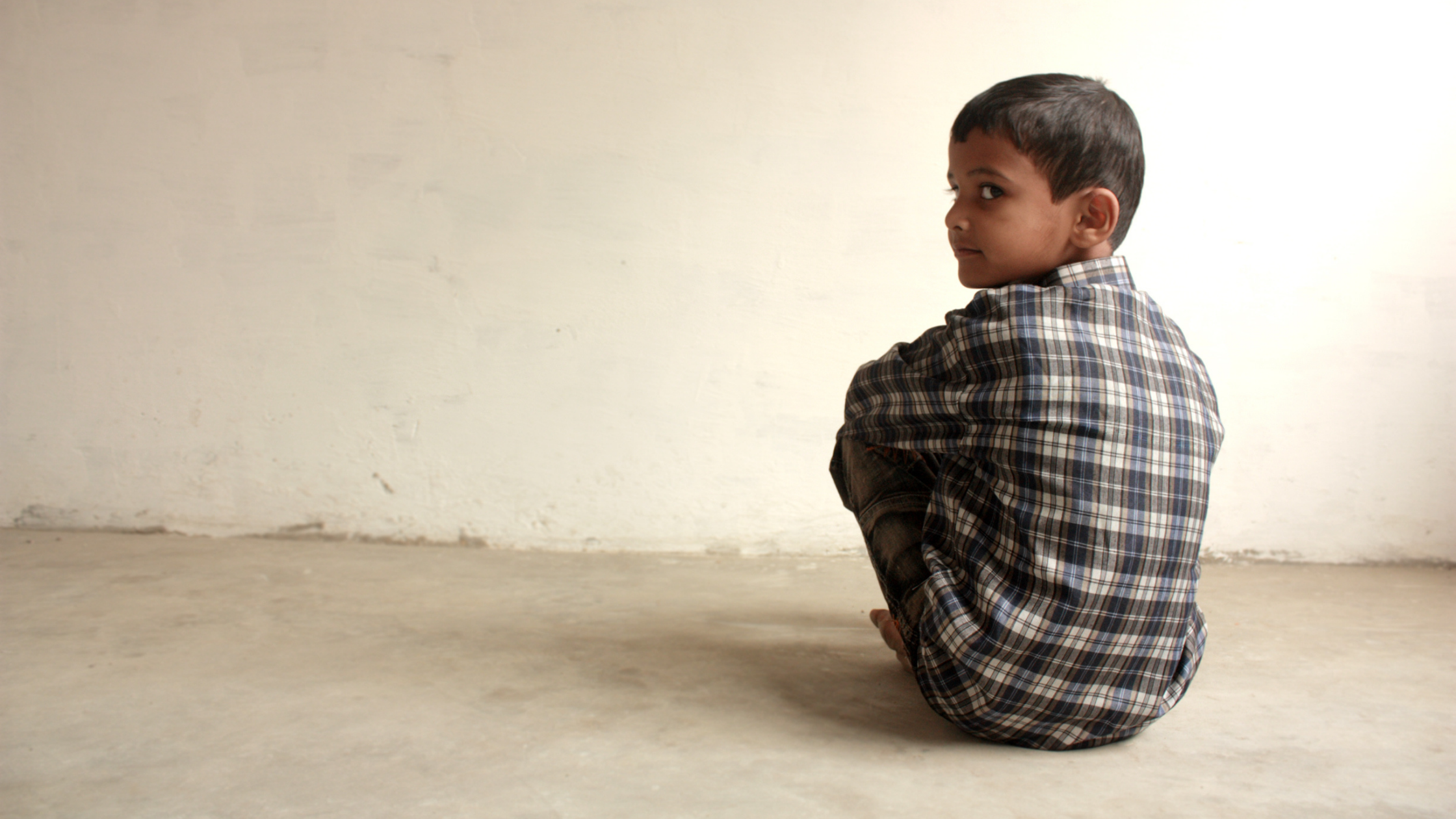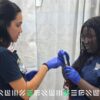
April is Child Abuse Prevention Month, and we believe it takes everyone working together to keep youth safe and healthy. Studies show that Adverse Childhood Experiences (ACEs), such as verbal abuse, incarceration, or substance abuse by parents, can halt a child’s healthy development. ACEs can lead to “toxic stress,” or highly stressful situations, for kids. Too much toxic stress for a child can lead to physical and mental health problems from childhood into adulthood. The early years of a child’s development are critical. Children need safe & encouraging relationships to help them build protective factors.
Adverse Childhood Experiences
Adverse childhood experiences (ACEs) are traumatic events occurring before age 18. ACEs include all types of abuse and neglect as well as parental mental illness, substance use, divorce, incarceration, and domestic violence. A landmark study in the 1990s found a significant relationship between the number of ACEs a child experienced and a variety of negative outcomes in adulthood, including poor physical and mental health, substance abuse, and risky behaviors. The more ACEs experienced, the greater the risk for these outcomes.
Research about the lifelong impact of ACEs underscores the urgency of prevention activities to protect children from these and other early traumas. When children do experience trauma, understanding the impact of ACEs can lead to more trauma-informed understanding and interventions that help to mitigate negative outcomes. Mentoring relationships provide a protective factor for children who have experienced ACEs.
What Are Protective Factors?
Studies reveal that a meaningful way to prevent ACEs and toxic stress is to build “protective factors” in children. Protective factors can shield kids from ACEs, build resilience, and positively counter adverse events. They are things like:
- A nurturing caregiver
- Caring adults outside of the family who can serve as role models or mentors
- Positive school environment
- Social connections
- Opportunity for expression through art, music, etc.
- Opportunity to learn healthy coping skills
- Access to services
- Cultural identity
How can you help children who have been abused or neglected?
Children who have experienced abuse or neglect need additional support from caring adults who understand the impact of trauma and how to help. As a volunteer mentor, consider the following suggestions when helping your mentee, or Little:
- Help your Little feel safe. Support them in expressing and managing intense emotions.
- Don’t force a conversation. However, if your Little opens up, dialogue helps them understand the link between their trauma history and current experiences. For example, help them understand what happened was not their fault or discuss how their current emotions might be related to past trauma.
- Support and promote safe and stable relationships. Be supportive of your Little’s family and caregivers if appropriate. Often caregivers have experienced trauma so be mindful that their responses to situations may be coping mechanisms as a result of their own trauma experiences.
- Manage your own stress. Supporters who have histories of trauma themselves may be at risk of experiencing secondary trauma symptoms.
A caring adult’s presence is related to numerous positive outcomes for young people, including greater resilience and lower stress. The caring and consistent relationship you build with your Little is a vital protective factor that will help them develop self-esteem throughout life. Find out how you can become a Big and be a positive, supportive mentor for youth in our community at one of our Big Orientation & Training info sessions. View our schedule get started!
Additional Resources
Center for Disease Control and Prevention
About Adverse Childhood Experiences
Centers for Disease Control and Prevention
Provides an overview of adverse childhood experiences.
Adverse Childhood Experiences: Looking at How ACEs Affect Our Lives & Society
Centers for Disease Control and Prevention
Discusses the types of ACEs, their prevalence, their effects on physical and mental health and society, and strategies to address them.
Essentials for Childhood Framework: Steps to Create Safe, Stable, Nurturing Relationships and Environments for All Children
Centers for Disease Control and Prevention
Explains a strategic approach to building strong communities that support positive child and family development. The goals of the approach include raising awareness, making data-driven decisions, promoting positive norms, and assessing policies that impact families.
Preventing Adverse Childhood Experiences
Center for Disease Control and Prevention
Provides two learning modules to help participants understand, recognize, and prevent adverse childhood experiences (ACES). This training is available to anyone interested in learning more about ACES regardless of profession or educational attainment.






